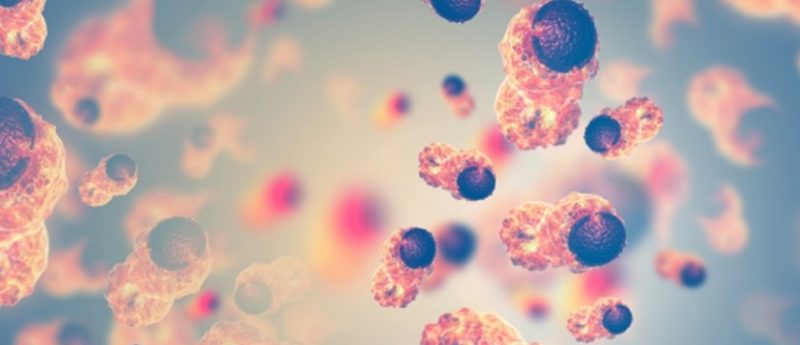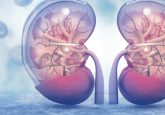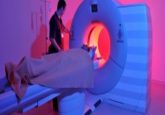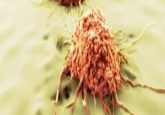Targeting multiple pathways in breast cancer

Breast cancer (BC) is a highly prevalent disease. Worldwide, it is the most common cancer diagnosed and the leading cause of cancer death in women, making this disease a very important focus of interest and research. There is great heterogeneity in clinical outcomes among women diagnosed with BC, possibly indicating that biological heterogeneity is a major factor interfering with tumor development and progression. Presently, it is known that specific genetic expression patterns divide BC into distinct molecular subtypes. In fact, a better understanding of molecular profiles in BC and more advances in biological technology has divided each BC subtype further into additional subcategories. This means that more pathways are being recognized as important drivers or contributors to BC development and progression. The implication in BC treatment and management can be enormous. A more complete knowledge of the biology of the tumor has many implications. Development of therapies that specifically target the activated pathways can allow the delivery of more effective treatments and spare patients from treatments that would only cause side effects. This article will focus on exploring and reviewing the different molecular pathways involved in each clinically relevant BC subtype, namely hormone receptor-positive, HER2-positive and triple-negative BC. For each BC subtype, novel targeted therapies that are already incorporated in clinical practice, as well as drugs in clinical development, will be described, including the safety profiles of each one. We will highlight the major molecular pathways involved in each BC subtype, providing a rationale for the development of specific targeted therapies. Mechanisms of resistance to conventional therapies by pathway activation will be discussed. Strategies to overcome resistance are also a major focus of this review.
Click here to view full article.



